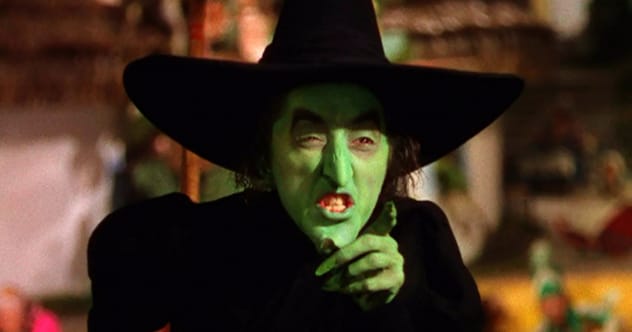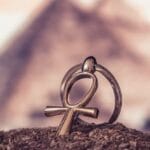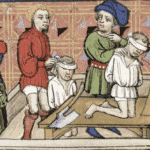Witches and witchcraft have always fascinated us, sparking both fear and curiosity. From village whispers about independent women to pondering whether that herbal tea is just tea or something more, witches hold a unique place in folklore as figures of both wisdom and wickedness. Let’s explore some of the scariest witches from world mythology.
10. Kikimora

The Kikimora is a household spirit in Slavic folklore, and her name is quite fun to say! As the female counterpart and wife to the Domovoi (male household spirit), the Kikimora’s presence is often announced by wet footprints. While usually harmless, disrespecting her can lead to mischief like whistling, breaking dishes, and general chaos. Keeping her happy is key to a peaceful home!
9. Circe
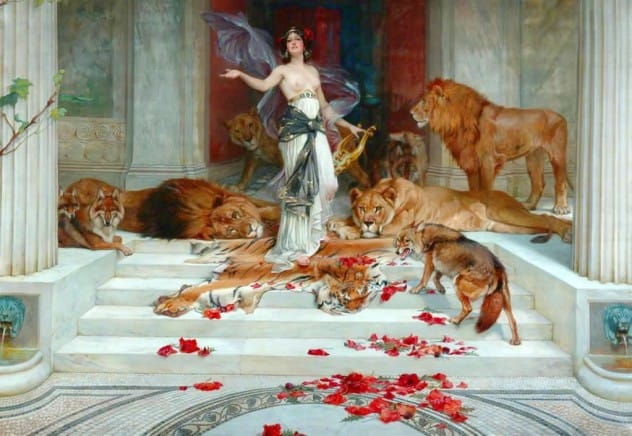
Circe, a famous witch from Homer’s Odyssey, resided on the island of Aeaea, where she had a peculiar hobby: turning sailors into animals by drugging them. When Odysseus arrived, Circe transformed his crew into swine. However, Odysseus, aided by a magical plant given by the gods, resisted her magic. After securing Circe’s promise of no betrayal, Odysseus and his men enjoyed her protection for a year before resuming their journey to Ithaca.
8. Morgan Le Fay
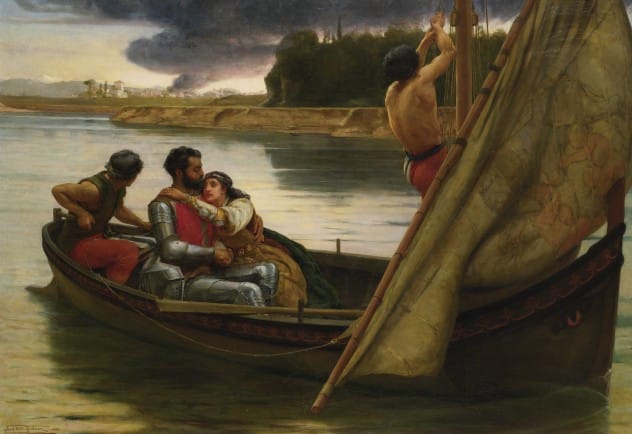
Many know the legend of King Arthur and Merlin, but Morgan Le Fay often gets overlooked. In Arthurian myths, she relentlessly uses her magic to undermine Queen Guinevere, who had banished her from court. She attempts to betray Sir Lancelot and disrupt the quests of Arthur’s knights. Although her ultimate fate remains unclear, she eventually reconciles with Arthur, escorting him to Avalon after his final battle.
7. The Witch of Endor
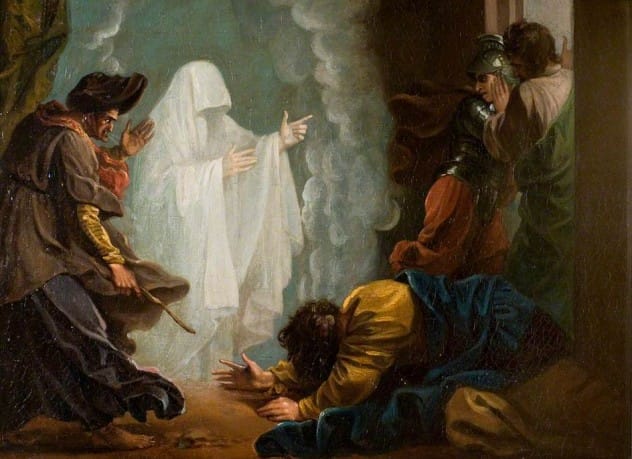
The Witch of Endor might not have been inherently evil, but her prophecies had dire consequences. King Saul sought her out for guidance against the Philistines. She summoned the ghost of the prophet Samuel, who foretold Saul’s defeat and death, along with his sons. The next day, Saul, wounded in battle, took his own life out of despair. While the Witch didn’t directly cause his suicide, she played a significant role in the tragic outcome.
6. Jenny Greenteeth
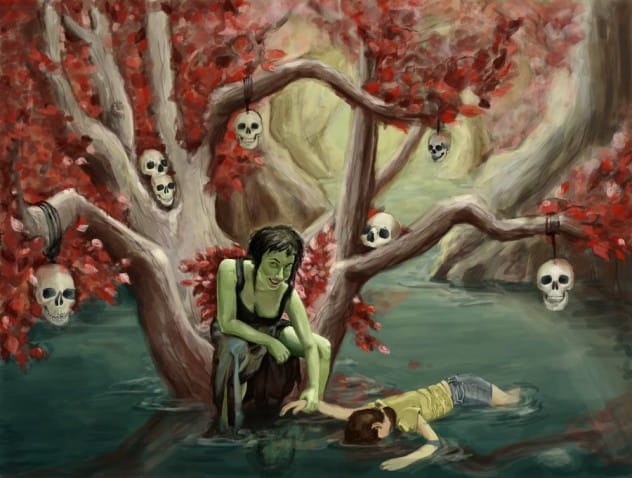
Known by various names across England, including Ginny, Jinny, and Wicked Jenny, Jenny Greenteeth is a sinister hag who drowns both the young and old for pleasure. Some tales depict her devouring her victims, while others portray her as a sadist reveling in their suffering. Usually described with green skin and sharp teeth, she likely served as a cautionary figure to keep children away from dangerous waters. The lesson here: avoid green river hags at all costs!
5. Chedipe

The Chedipe is a supernatural being from Indian folklore, often described as a mix between a witch and a vampire. This creature is the spirit of a woman who died during childbirth or by suicide, akin to a succubus. Riding a tiger under the moonlight, she silently enters homes and drains the life force from men through their toes, leaving no trace behind. Beware of this nocturnal predator!
4. The Weird Sisters
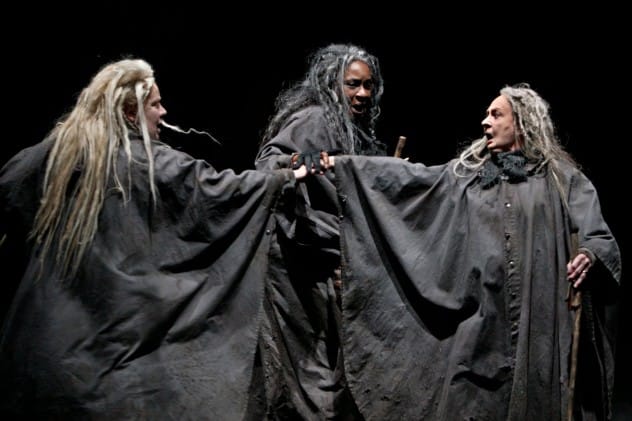
In Shakespeare’s Macbeth, the Weird Sisters are pivotal characters. More than just odd, their “weirdness” signifies their role as agents of fate. These Sisters of Fate ignite Macbeth’s descent into corruption and paranoia, plunging Scotland into war. Their actions demonstrate a potent and destructive form of evil, setting the entire tragedy in motion.
3. The Bell Witch
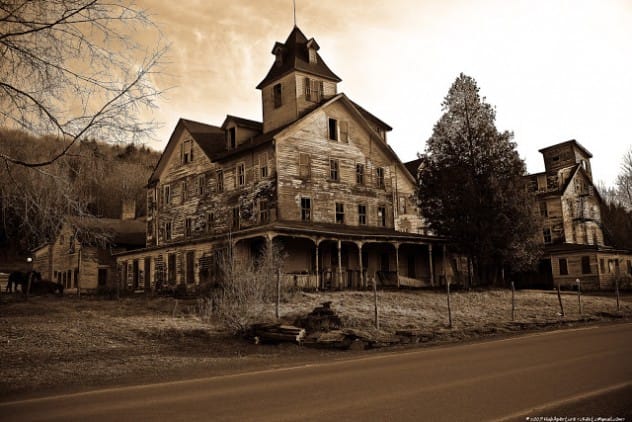
The Bell Witch is a prominent figure in American folklore. As the story goes, this poltergeist haunted the home of John Bell, Sr., beginning in 1817. The Bell Witch tormented the family, verbally abused them, and eventually poisoned John Bell, Sr., under the guise of medicine. This tale is a chilling reminder that some legends are best shared with a healthy dose of skepticism and a pinch of sage.
2. Hecate
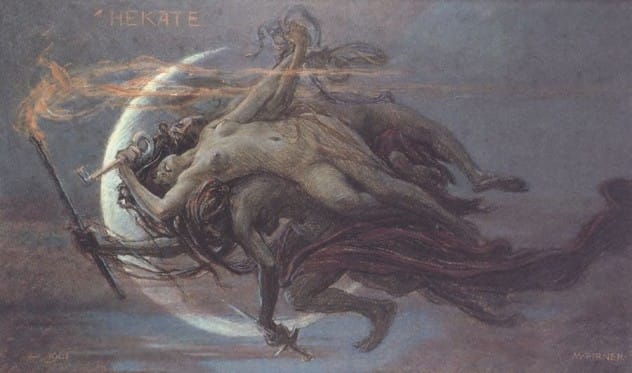
Hecate reigns as the Greek goddess of witchcraft, magic, and poisonous plants. Daughter of the Titan Perses, she is still worshipped by modern Greek polytheists. Credited with the concept of the “jinx,” shrines were built to her to ward off evil spirits. Her title, Chthonia, meaning “of the underworld,” underscores her formidable and fearsome nature. As the goddess of witchcraft, she wouldn’t approve of the historical persecution of so-called “witches.”
1. The Graeae/Morai
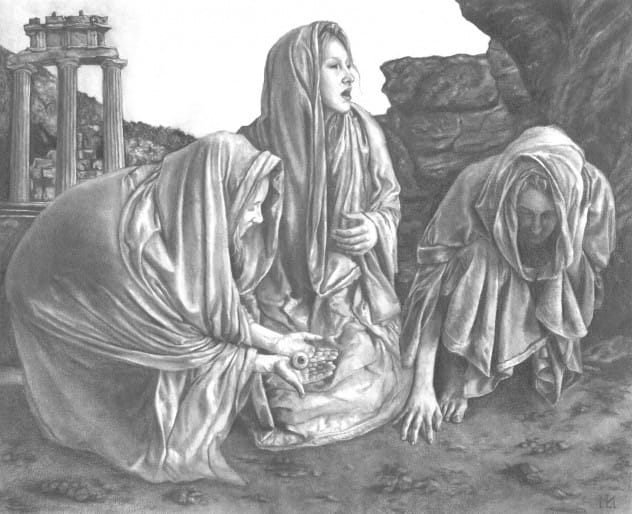
Topping our list are the weavers of destiny: the Graeae and the Morai. The Morai spun the loom of fate, governing the destinies of all beings, mortal and immortal alike. The Graeae, sisters to the Gorgons, were malevolent hags known for sharing a single eye. While not in control of fate, the Graeae possessed knowledge of the unknown. Whether it’s the sisters who can snip your life string or kin to Medusa, both are best avoided.
From household spirits to goddesses of witchcraft and weavers of fate, these mythological witches offer a glimpse into the diverse and enduring fascination with magic and the supernatural. Their stories continue to captivate and terrify, reminding us of the powerful and mysterious forces that have shaped human imagination for centuries.
Which of these witches do you find the scariest? Share your thoughts in the comments below!


